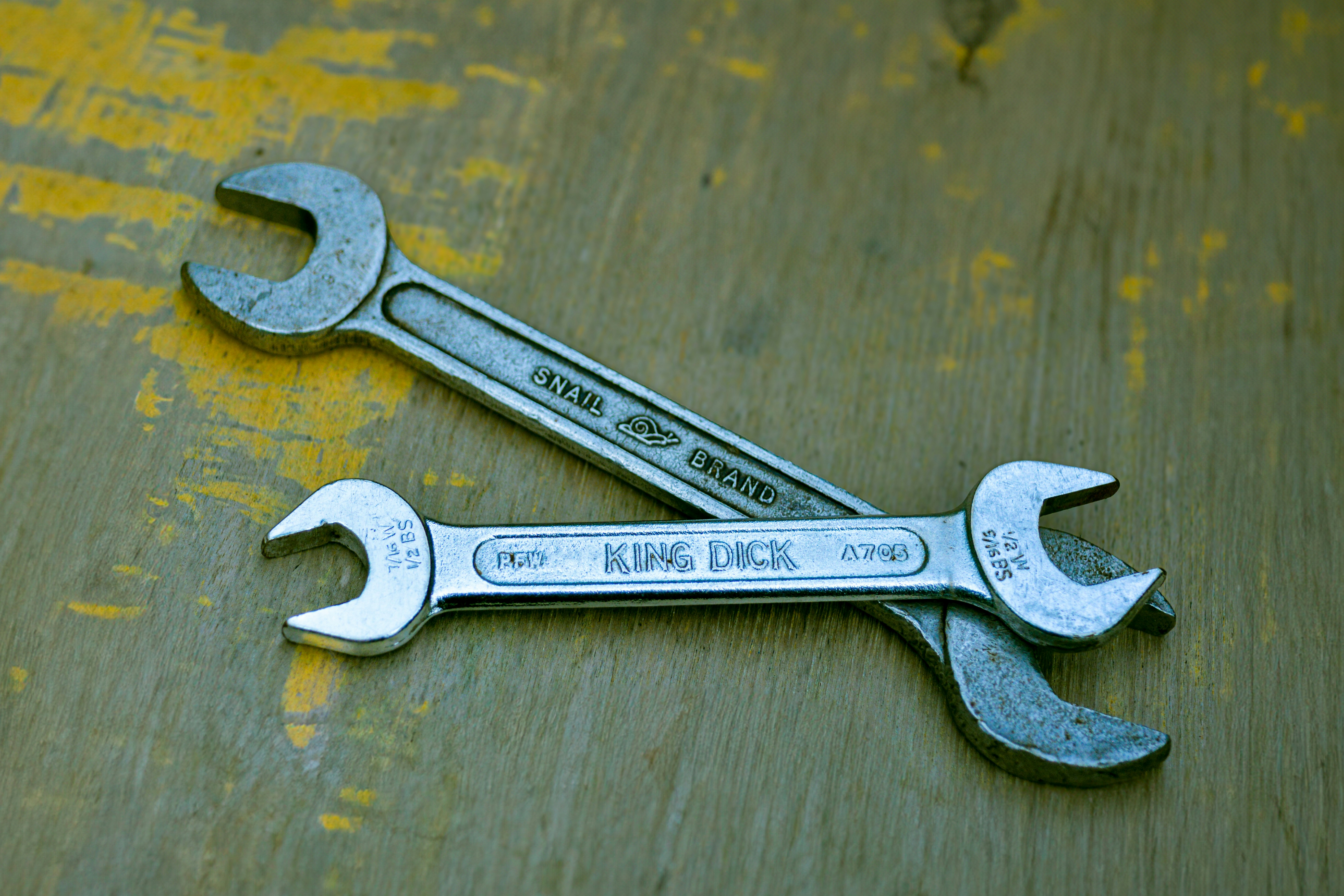Motorcycle Maintenance Essentials: Keep Your Bike Running Smoothly
Regular maintenance is the key to safe, reliable motorcycle operation. Proper care extends your bike's life, improves performance, and prevents costly breakdowns. This comprehensive guide covers essential maintenance tasks every rider should know.
Understanding Maintenance Intervals
Daily Checks (T-CLOCS Method)
Before every ride, perform these quick safety checks:
T - Tires and Wheels
- Check tire pressure when cold
- Inspect for cuts, punctures, or irregular wear
- Verify wheel alignment and spoke tension
C - Controls
- Test throttle, clutch, and brake operation
- Check lever and pedal free play
- Ensure smooth operation without binding
L - Lights and Electrics
- Test headlight, taillight, and turn signals
- Check brake light activation
- Verify horn operation
O - Oil and Fluids
- Check engine oil level and condition
- Inspect for leaks under the motorcycle
- Verify coolant level if liquid-cooled
C - Chain and Final Drive
- Check chain tension and lubrication
- Inspect sprockets for wear
- Look for damaged or stiff links
S - Stands and Suspension
- Test center and side stand operation
- Check suspension for smooth travel
- Look for leaks in fork seals
Weekly Maintenance
Extended Inspection:
- Clean and lubricate chain thoroughly
- Check tire pressure with accurate gauge
- Inspect cables and controls for wear
- Test emergency braking systems
Monthly Maintenance Tasks
Engine Care:
- Change engine oil and filter (or per manual schedule)
- Check air filter condition
- Inspect spark plugs
- Test battery voltage and connections
Drive System:
- Adjust chain tension if needed
- Lubricate pivot points and cables
- Check brake pad thickness
- Inspect brake fluid level and color
Seasonal Maintenance
Spring Preparation
After winter storage, perform comprehensive inspection:
- Change all fluids
- Replace air filter
- Check tire condition and pressure
- Test all electrical systems
- Inspect rubber components for cracking
Summer Maintenance
- Monitor cooling system operation
- Check tire wear patterns
- Clean air filter more frequently in dusty conditions
- Protect rubber and plastic from UV damage
Fall Maintenance
- Prepare for temperature changes
- Check battery condition before cold weather
- Inspect heating systems if equipped
- Plan winter storage preparation
Winter Storage (if applicable)
- Stabilize fuel system
- Change oil before storage
- Remove battery or use tender
- Protect from moisture and rodents
Essential Maintenance Tools
Basic Tool Kit
- Socket set (metric and standard)
- Combination wrenches
- Screwdriver set
- Pliers and wire cutters
- Torque wrench
- Chain tools
Specialized Tools
- Tire pressure gauge
- Oil drain pan and funnel
- Chain cleaning brush
- Battery tester
- Compression gauge
Consumables to Keep on Hand
- Engine oil (correct viscosity)
- Oil filters
- Air filter
- Spark plugs
- Chain lubricant
- Brake cleaner
Critical Safety Systems
Brake System Maintenance
Inspection Points:
- Brake pad thickness (replace at minimum thickness)
- Brake fluid color and level
- Brake line condition and routing
- Rotor wear and warping
Warning Signs:
- Spongy brake feel
- Grinding noises
- Excessive lever travel
- Fluid leaks
Suspension System Care
Regular Checks:
- Fork seal condition
- Shock absorber operation
- Suspension settings for riding style
- Bearing play in steering head
Maintenance Tasks:
- Change fork oil per schedule
- Lubricate swing arm pivots
- Check wheel bearing condition
- Adjust suspension settings seasonally
Engine Performance Optimization
Air Intake System
- Clean or replace air filter regularly
- Check intake ducts for cracks or loose connections
- Maintain proper carburetor or fuel injection settings
Fuel System Care
- Use quality fuel and additives
- Replace fuel filter as scheduled
- Keep fuel tank clean and rust-free
- Monitor fuel pump operation (if equipped)
Ignition System Maintenance
- Replace spark plugs per schedule
- Check ignition timing
- Inspect plug wires and coils
- Test charging system output
Troubleshooting Common Issues
Starting Problems
Possible Causes:
- Weak battery
- Dirty spark plugs
- Fuel delivery issues
- Ignition system problems
Diagnostic Steps:
1. Check battery voltage
2. Test starter motor operation
3. Verify fuel flow
4. Inspect ignition components
Performance Issues
Symptoms and Solutions:
- Poor acceleration: Check air filter, fuel system
- Rough idle: Clean carburetors, check plugs
- Overheating: Inspect cooling system, oil level
- Excessive vibration: Check engine mounts, balance
Record Keeping
Maintenance Log
Track all maintenance activities:
- Date and mileage
- Work performed
- Parts replaced
- Next service intervals
Warranty Considerations
Follow manufacturer schedules to maintain warranty coverage. Keep receipts and documentation.
When to Seek Professional Help
Complex Repairs
Some maintenance requires professional expertise:
- Engine internal work
- Electrical system diagnosis
- Suspension rebuilds
- Transmission service
Safety-Critical Systems
Never compromise on safety. If unsure about brake, steering, or suspension work, consult a qualified mechanic.
Cost-Effective Maintenance Strategies
DIY vs. Professional Service
Learn to handle basic maintenance while leaving complex work to professionals. This saves money while ensuring safety.
Preventive vs. Reactive Maintenance
Regular preventive maintenance costs less than emergency repairs and prevents dangerous failures.
Conclusion
Consistent maintenance keeps your motorcycle safe, reliable, and enjoyable to ride. Start with basic daily checks and gradually build your maintenance skills. When in doubt, consult your owner's manual or a qualified technician.
Remember: a well-maintained motorcycle is not only safer but also retains value better and provides years of reliable service. Make maintenance a habit, not an afterthought.
